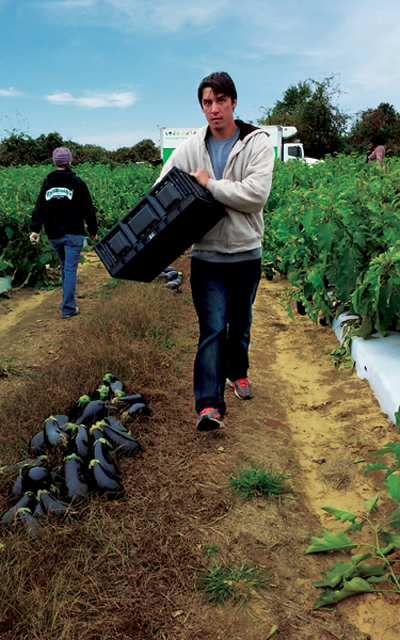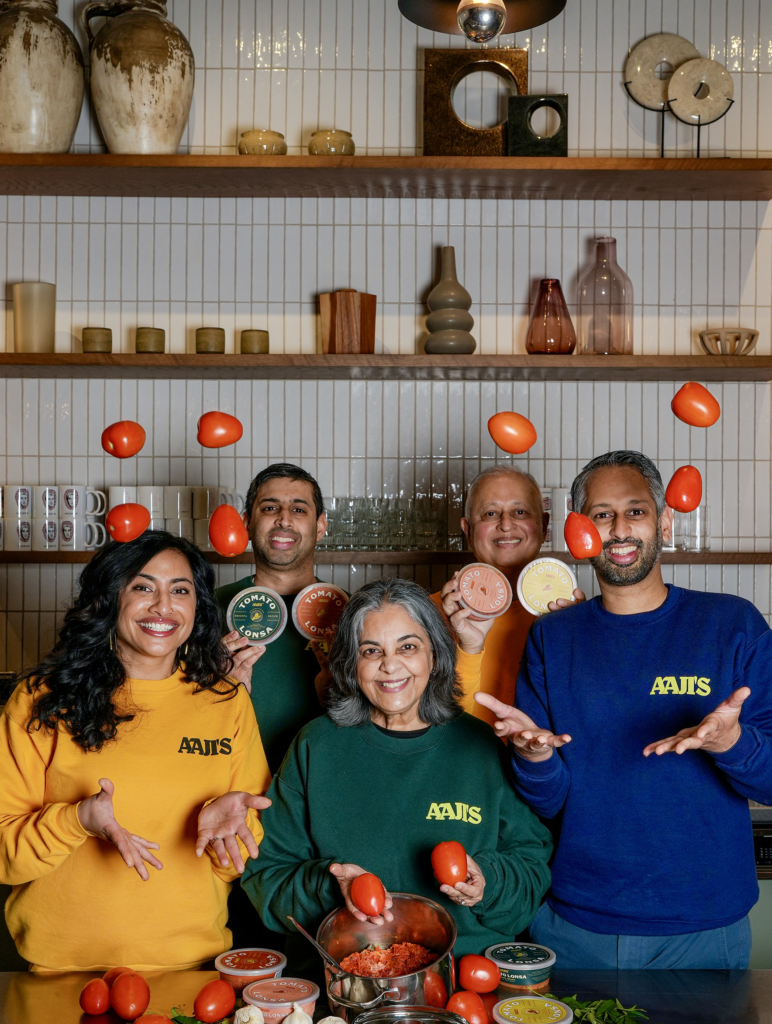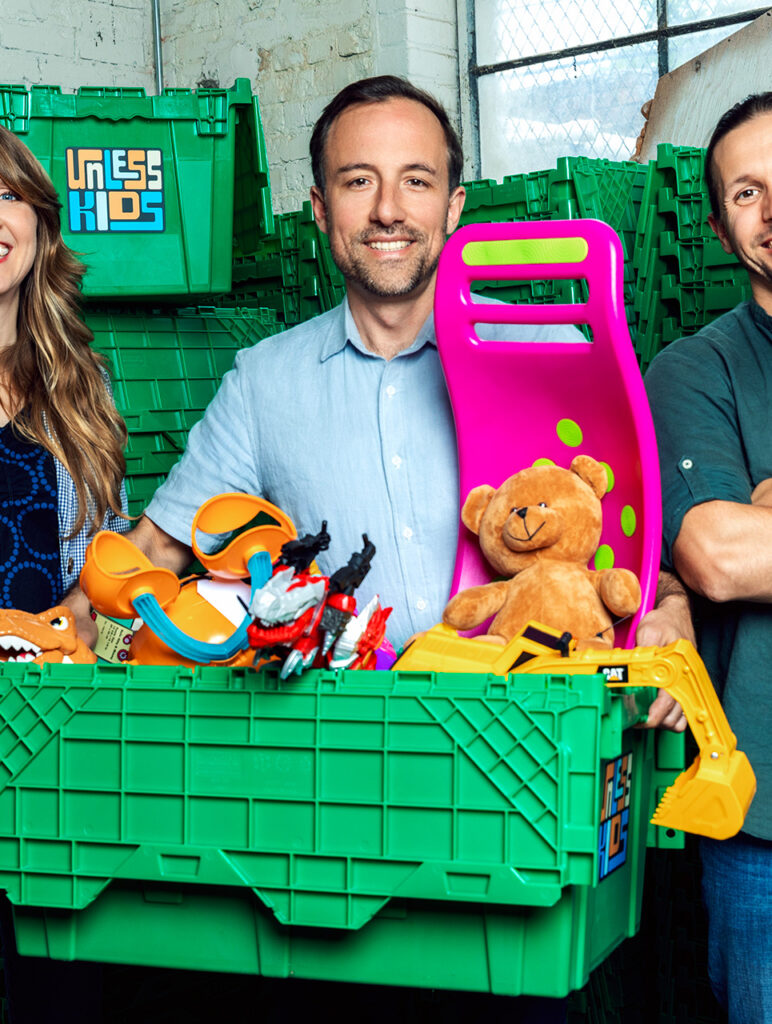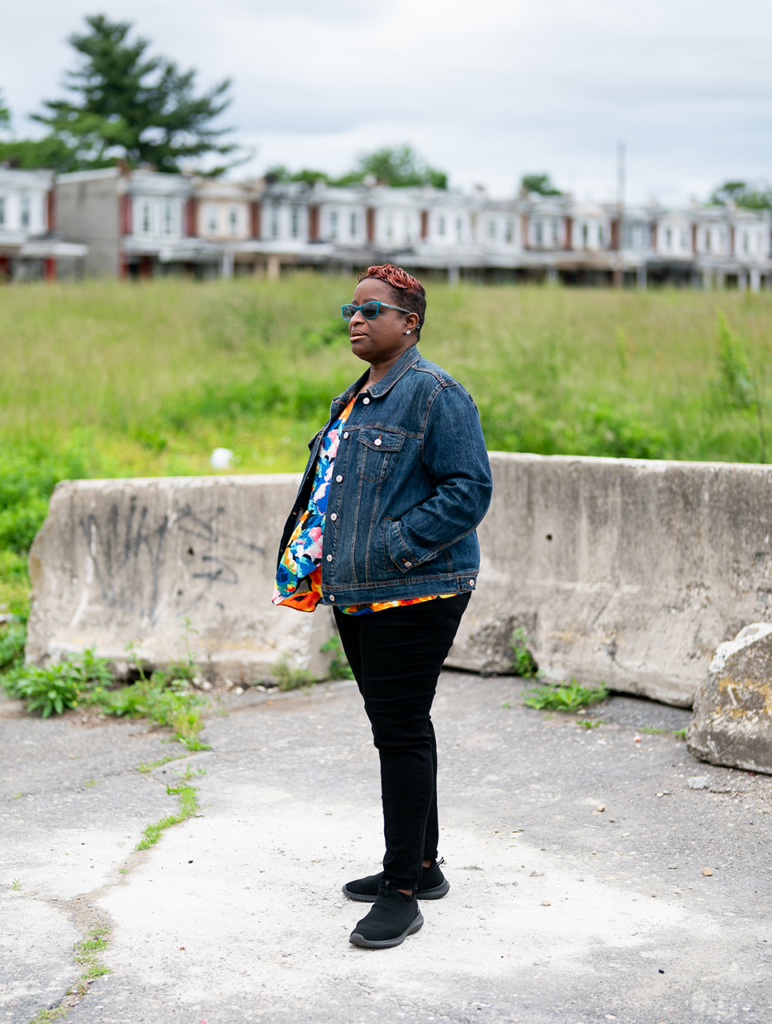Second Harvest
by Marilyn Anthony
Monika Crosby, a “true blue farmer’s daughter,” does not grow vegetables. Employing what she calls “picking with a cause,” Crosby runs Philabundance’s gleaning program, coordinating volunteer vegetable harvests at three commercial farms in New Jersey and Pennsylvania. Since 2014, Philabundance has redirected 760,000 pounds of produce to low-income families.
Dating back to ancient times, wealthy landowners permitted the poor to retrieve any post-harvest edibles left in the fields. Today’s gleaners are more likely to be volunteers assisting nonprofits or school and church groups. These organizations partner with growers who allow volunteers to harvest excess food that would otherwise have rotted in fields. In Philadelphia, gleaning is being reimagined as a way to capture farm waste, chicken bones and even urban tree fruit.
There’s a staggering amount of waste to reclaim or redirect. Annually, Americans throw out 30 to 40 percent of all food produced. According to a 2012 Natural Resources Defense Council report that put the number at 40 percent, that’s more than 20 pounds of food per person each month. It’s mostly vegetables and fruits—the same kind of food that is unaffordable for the one in six Americans whom policy makers label “food insecure.” In layman’s terms, it means that many of our neighbors don’t know where their next meal may come from.
According to Executive Director Glenn Bergman, Philabundance runs the largest gleaning program in the Greater Philadelphia region, but it’s a misconception to think this food is free.
“You can purchase food more cheaply on the market than by gleaning,” he says. “The issue is, there’s food to be gotten… (and) we have a system for getting food to the people that need it.”
Still under development is another system to redirect food. Rooster Soup Company, a restaurant venture by Federal Donuts and Broad Street Ministry, plans to glean chicken bones and backs generated by Federal Donuts to make soups, salads and other menu items. One hundred percent of the profits will fight hunger through the Broad Street Ministry Hospitality Collaborative.
Gleaners for the Philadelphia Orchard Project (POP), launched by Program
Director Robyn Mello in 2014, harvest fruits from city street trees. The yields aren’t high enough to be donated to a food program, so volunteers keep as much as they want, learn about ways to use it, and keep the streets free of rotting fruit. Molly Haendler’s Spruce Hill Preserves receives some of POP’s juneberry and crabapple gleanings to convert into jelly, which is then sold for POP fundraising.
As valuable as these efforts are, local gleaning programs provide only a minuscule amount of the food needed by the poor. But advocates such as Drexel University professor Eva Thury see additional benefits to gleaning.
Inspired by Agnès Varda’s documentary, “The Gleaners and I,” Thury led a 2014–15 course titled “Gleaning, Food Security and Agriculture.” The course united Drexel students and neighbors to learn about the food system and included gleaning with Philabundance. Drexel students may have kept a gleaned eggplant or two, but neighborhood participants showed up with large containers, eager to enjoy the fresh vegetables. Standing in the hot sun harvesting together helped Thury’s students to see food access as a human problem—not as a statistic.
“Thinking in terms of waste and not letting waste dominate us is a much more powerful aspect of gleaning—it teaches us something about how to approach the world,” says Thury. “That’s the underlying spirit I get from gleaning—the community working together to spread what we have much further.”










